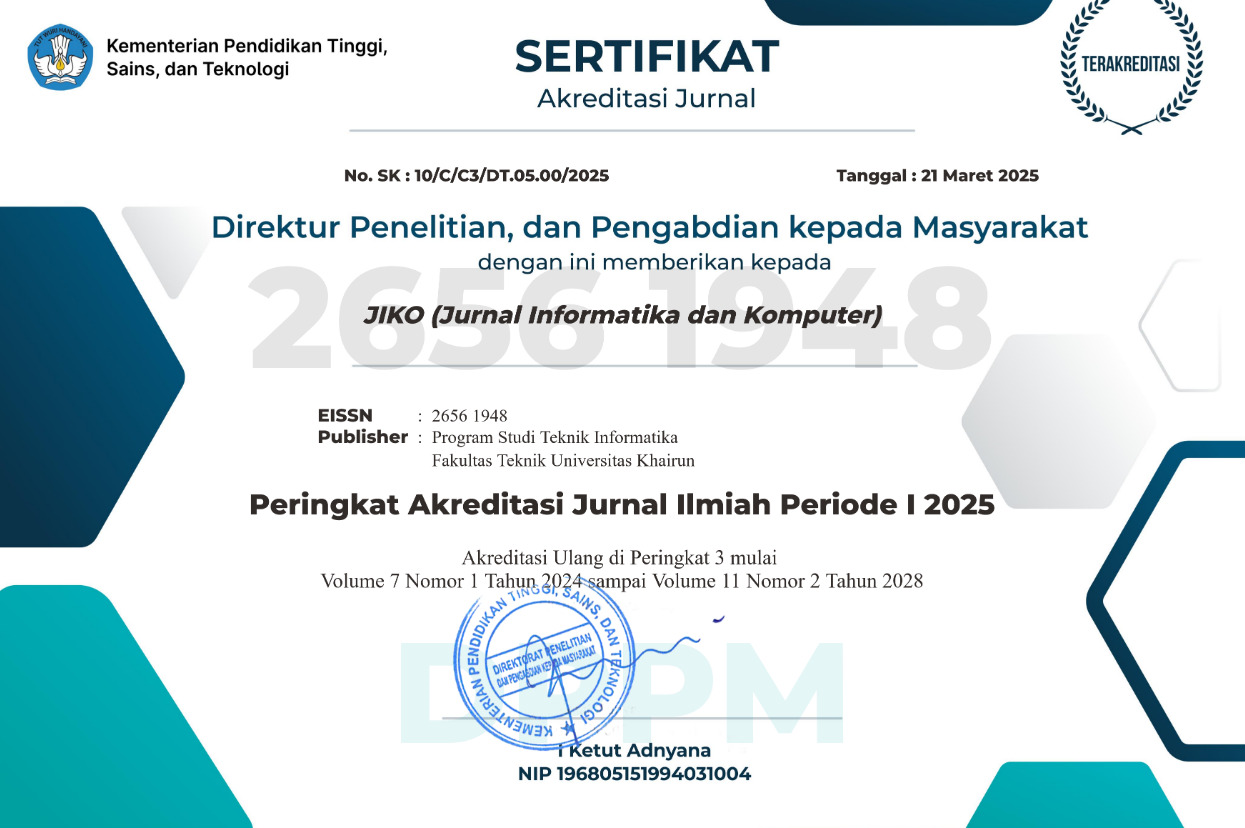EVALUATING HYBRID NEURAL NETWORK ARCHITECTURES FOR PREDICTING SLEEP DISORDERS FROM STRUCTURED DATA
Abstract
The accurate diagnosis of sleep disorders is crucial for effective treatment and management, yet current methods often rely on subjective assessments and are not always reliable. This research examines the efficacy of various neural network architectures, including dense networks, convolutional neural networks (CNNs), recurrent neural networks (RNNs), and innovative hybrid models, in predicting sleep disorders from structured health data. Our study focuses on comparing the performance of these models using metrics such as accuracy, precision, recall, and F1 score across a dataset comprising 400 individuals with detailed sleep and lifestyle data. Our findings demonstrate that while traditional models like dense networks and CNNs for structured data yield robust results, hybrid models, particularly the CNN-Transformer, significantly outperform others. This model effectively integrates convolutional layers with Transformer’s attention mechanisms, excelling in handling complex data interactions and providing superior predictive accuracy with an F1 score and accuracy reaching as high as 0.91. Conversely, RNN models, designed to capture temporal data dependencies, showed less efficacy, underscoring the importance of model selection aligned with data characteristics. This suggests that for datasets not exhibiting strong temporal features, models leveraging spatial relationships or advanced attention mechanisms are more suitable. This study not only advances our understanding of neural network applications in medical diagnostics but also highlights the potential of hybrid models in enhancing diagnostic accuracy. These insights could lead to significant improvements in the early detection and treatment of sleep disorders, thereby enhancing patient outcomes and contributing to the broader field of medical informatics.
Full Text:
PDFReferences
C. M. Morin and D. C. Jarrin, “Epidemiology of insomnia: prevalence, course, risk factors, and public health burden,†Sleep Med. Clin., vol. 17, no. 2, pp. 173–191, 2022.
K. Ramar et al., “Sleep is essential to health: an American Academy of Sleep Medicine position statement,†J. Clin. Sleep Med., vol. 17, no. 10, pp. 2115–2119, 2021.
N. Salari et al., “The prevalence of sleep disturbances among physicians and nurses facing the COVID-19 patients: a systematic review and meta-analysis,†Global. Health, vol. 16, pp. 1–14, 2020.
A.-A. A. A. Al-Abed, “Obesity-Linked Diseases (Comorbidities),†Obes. its Impact Heal., pp. 97–116, 2021.
A. Alterki, M. Abu-Farha, E. Al Shawaf, F. Al-Mulla, and J. Abubaker, “Investigating the relationship between obstructive sleep apnoea, inflammation and cardio-metabolic diseases,†Int. J. Mol. Sci., vol. 24, no. 7, p. 6807, 2023.
X. Tao, R. Niu, W. Lu, X. Zeng, X. Sun, and C. Liu, “Obstructive sleep apnea (OSA) is associated with increased risk of early-onset sarcopenia and sarcopenic obesity: Results from NHANES 2015-2018,†Int. J. Obes., pp. 1–9, 2024.
G. P. Dunster, J. Swendsen, and K. R. Merikangas, “Real-time mobile monitoring of bipolar disorder: a review of evidence and future directions,†Neuropsychopharmacology, vol. 46, no. 1, pp. 197–208, 2021.
H. Tian, X. Kang, and J. Zhang, “Application of Fuzzy Rough Sets in Patterns Recognition of Bearing,†no. 3, pp. 731–734, 2012.
K. Edgley, A. W. Horne, P. T. K. Saunders, and A. Tsanas, “Symptom tracking in endometriosis using digital technologies: Knowns, unknowns, and future prospects,†Cell Reports Med., vol. 4, no. 9, 2023.
A. Motwani, P. K. Shukla, and M. Pawar, “Ubiquitous and smart healthcare monitoring frameworks based on machine learning: A comprehensive review,†Artif. Intell. Med., vol. 134, p. 102431, 2022.
O. Cohen, V. Kundel, P. Robson, Z. Al-Taie, M. Suárez-Fariñas, and N. A. Shah, “Achieving Better Understanding of Obstructive Sleep Apnea Treatment Effects on Cardiovascular Disease Outcomes through Machine Learning Approaches: A Narrative Review,†J. Clin. Med., vol. 13, no. 5, p. 1415, 2024.
Z. Amiri et al., “The personal health applications of machine learning techniques in the internet of behaviors,†Sustainability, vol. 15, no. 16, p. 12406, 2023.
Q. Pan, D. Brulin, E. Campo, and others, “Current status and future challenges of sleep monitoring systems: Systematic review,†JMIR Biomed. Eng., vol. 5, no. 1, p. e20921, 2020.
A. Bandyopadhyay and C. Goldstein, “Clinical applications of artificial intelligence in sleep medicine: a sleep clinician’s perspective,†Sleep Breath., vol. 27, no. 1, pp. 39–55, 2023.
B. Zhai, “Towards automated sleep stage assessment using ubiquitous computing technologies,†Newcastle University, 2023.
M. Elgart, S. Redline, and T. Sofer, “Machine and deep learning in molecular and genetic aspects of sleep research,†Neurotherapeutics, vol. 18, no. 1, pp. 228–243, 2021.
M. Yazdi, M. Samaee, and D. Massicotte, “A Review on Automated Sleep Study,†Ann. Biomed. Eng., pp. 1–29, 2024.
C. C. Hampo, L. H. Schinasi, and S. Hoque, “Surviving indoor heat stress in United States: A comprehensive review exploring the impact of overheating on the thermal comfort, health, and social economic factors of occupants,†Heliyon, 2024.
A. R. Schwartz et al., “Brief digital sleep questionnaire powered by machine learning prediction models identifies common sleep disorders,†Sleep Med., vol. 71, pp. 66–76, 2020.
P. J. Fracica and E. A. Fracica, “Patient safety,†Med. Qual. Manag. Theory Pract., pp. 53–90, 2021.
A. E. I. AlBashayreh, “Evaluating patient-centered outcomes in palliative care and advanced illness using natural language processing and big data analytics,†The University of Iowa, 2022.
U. of Michigan, “Sleep Health and Lifestyle Dataset.†2023.
DOI: https://doi.org/10.33387/jiko.v7i1.7873
Refbacks
- There are currently no refbacks.











